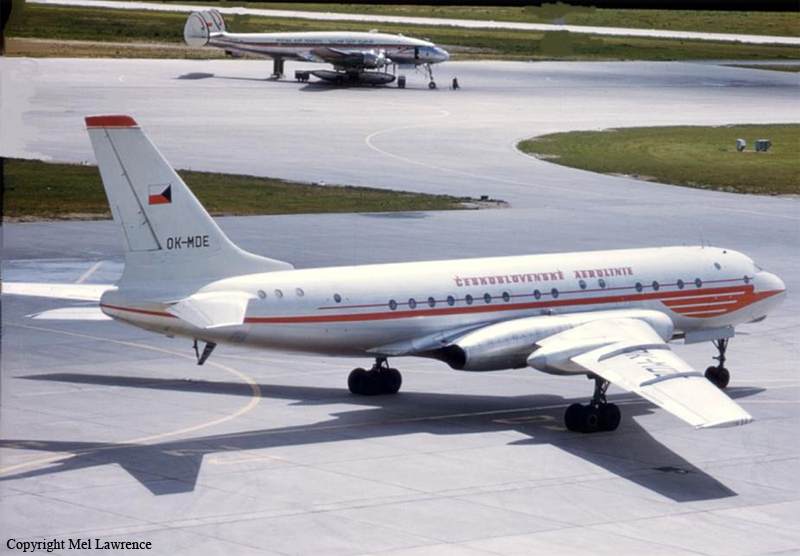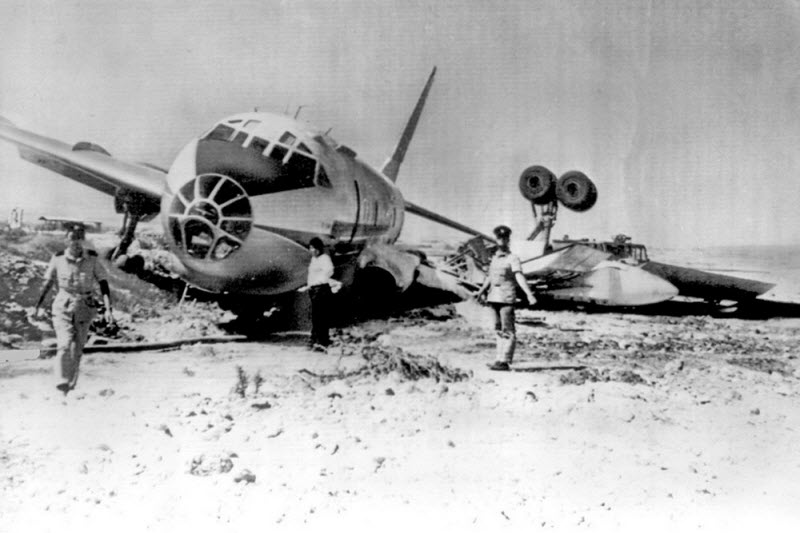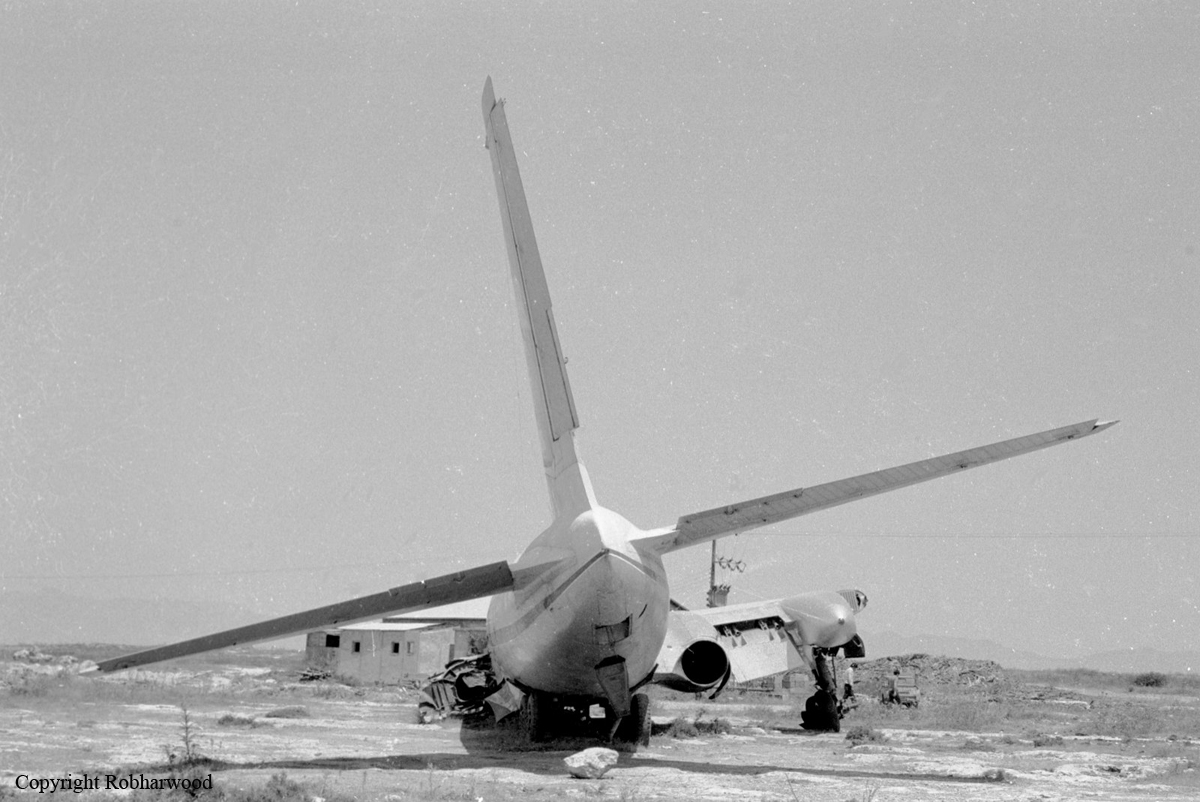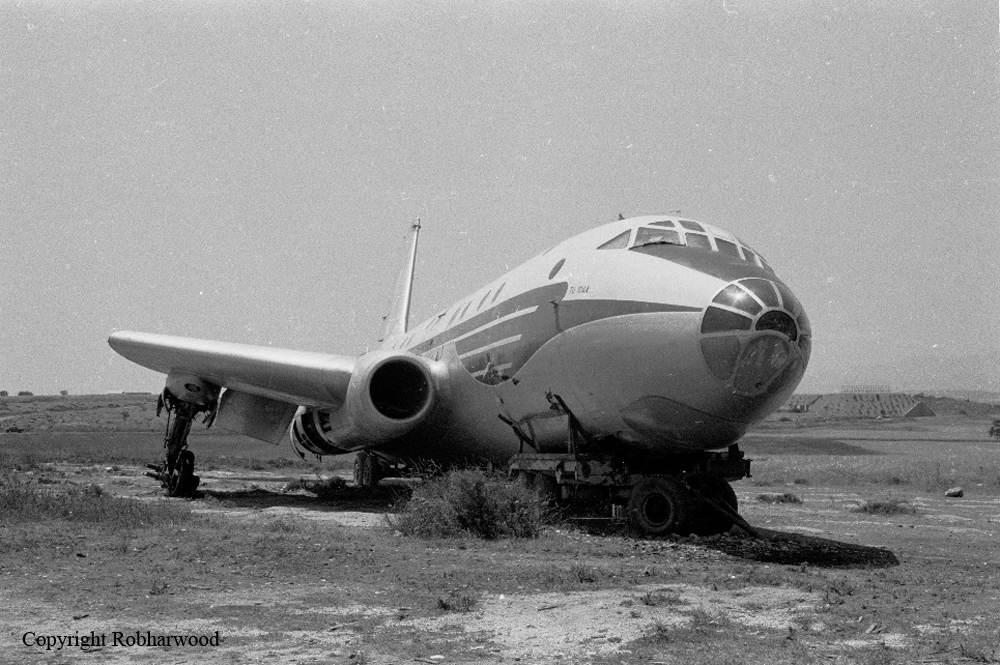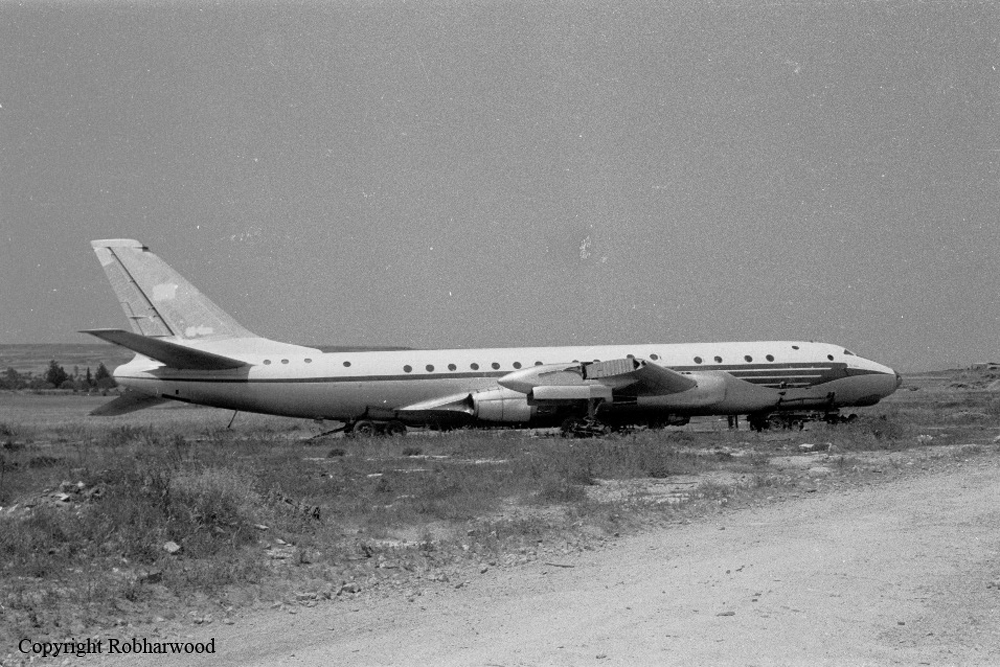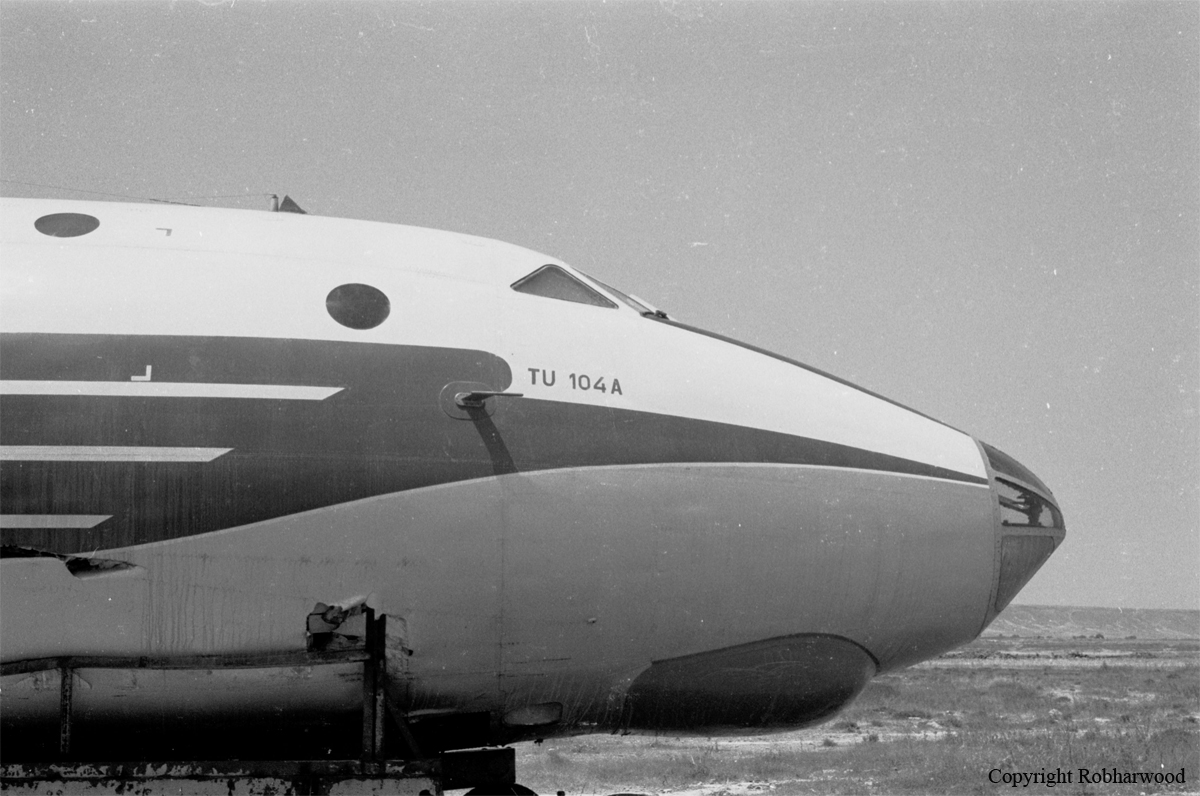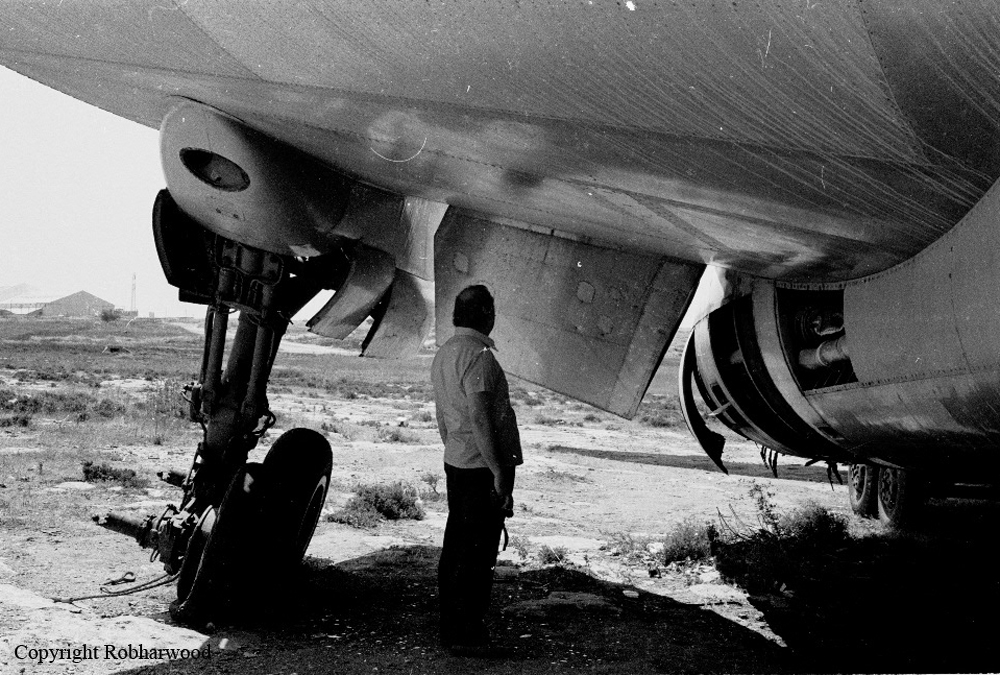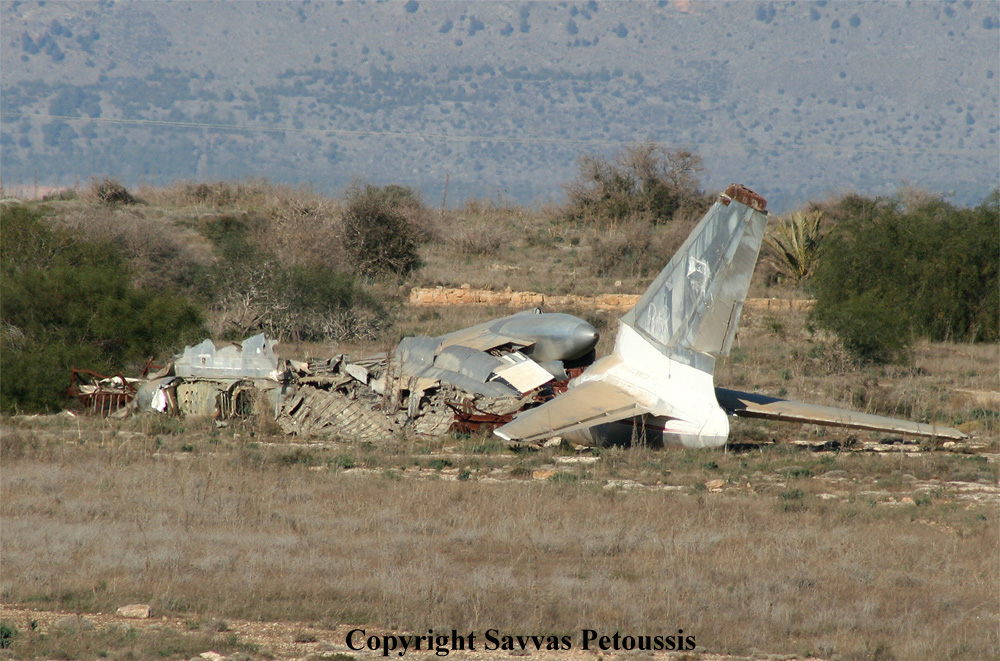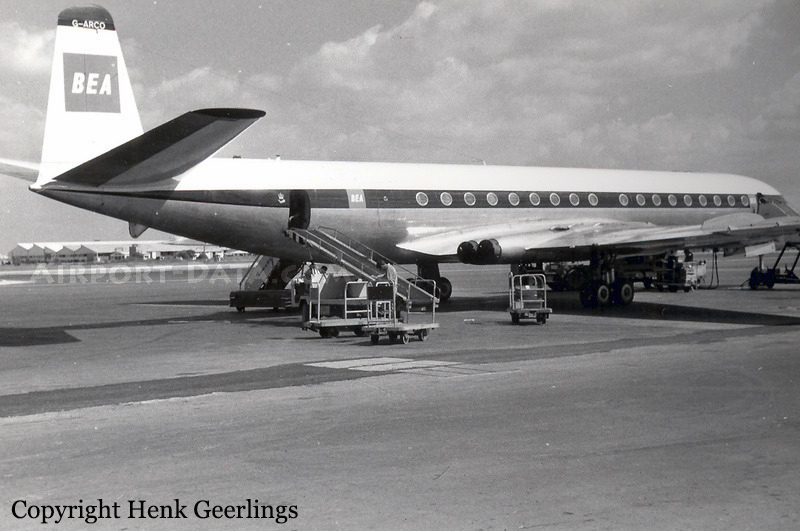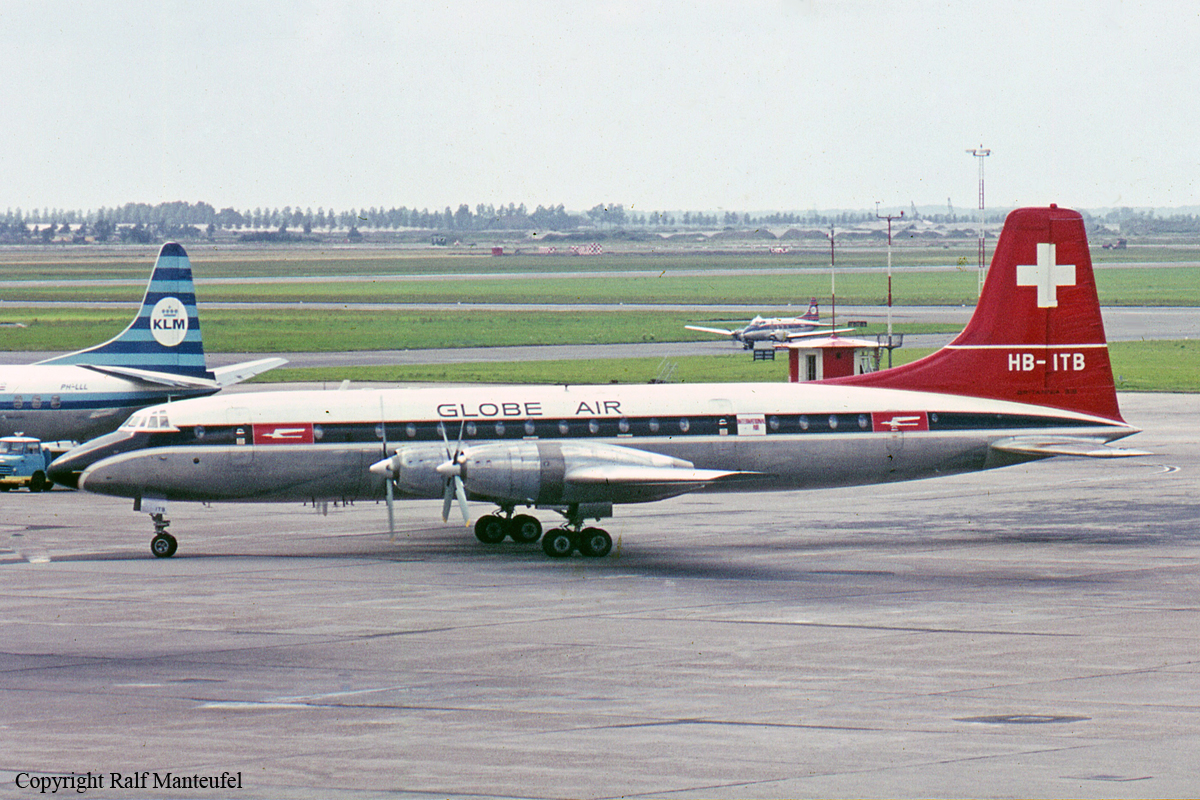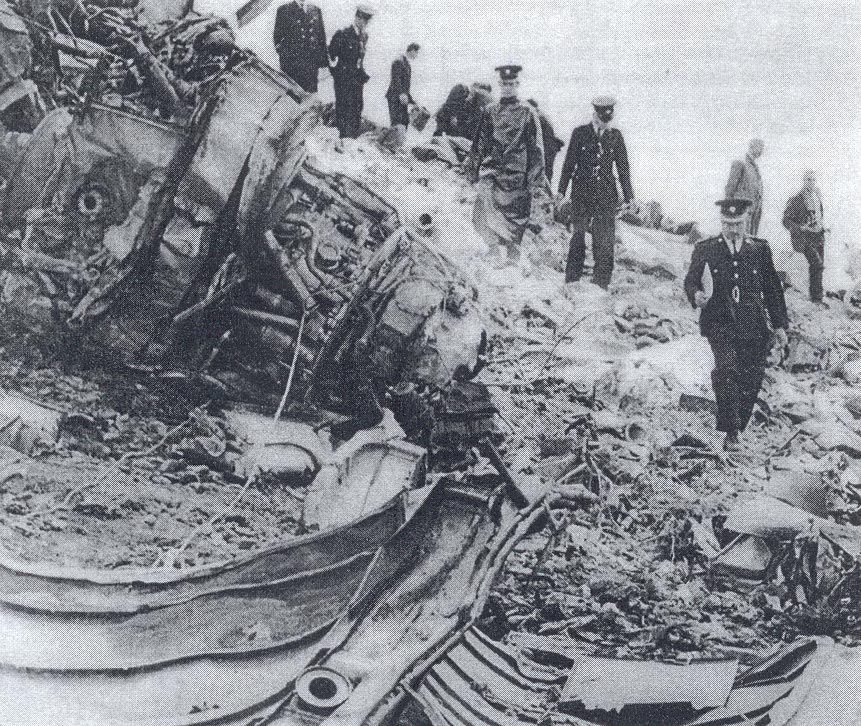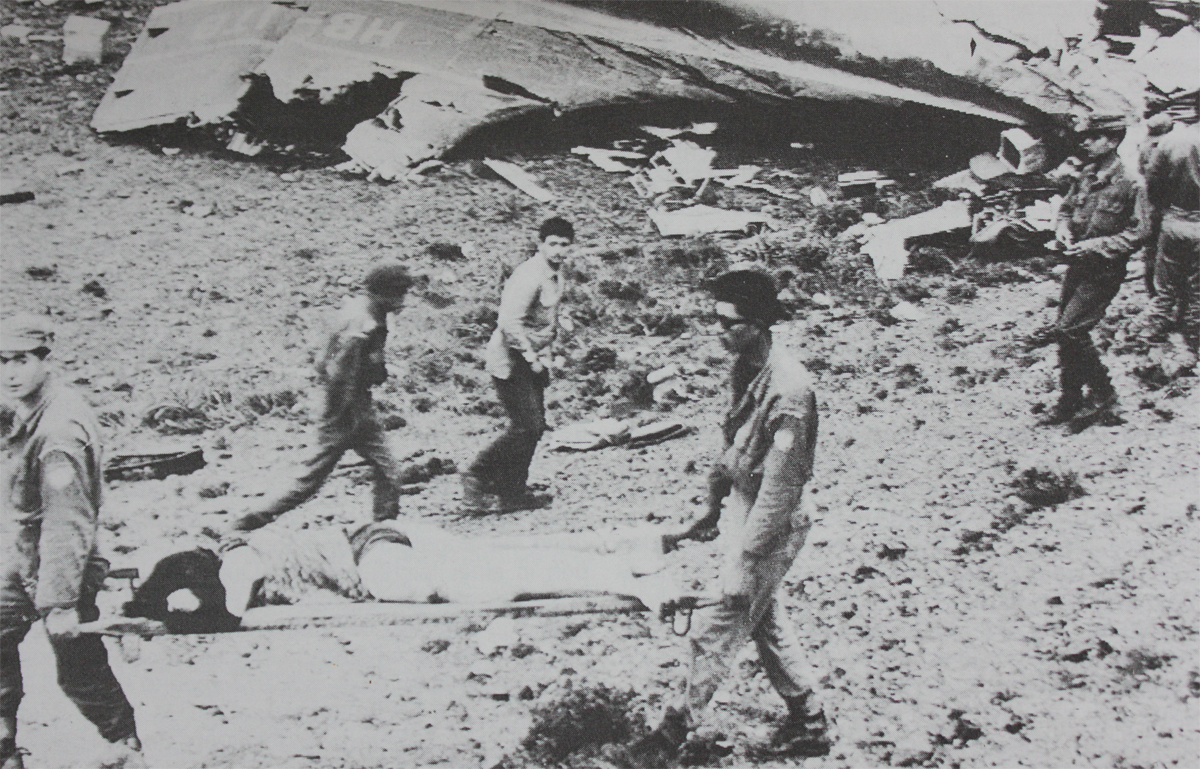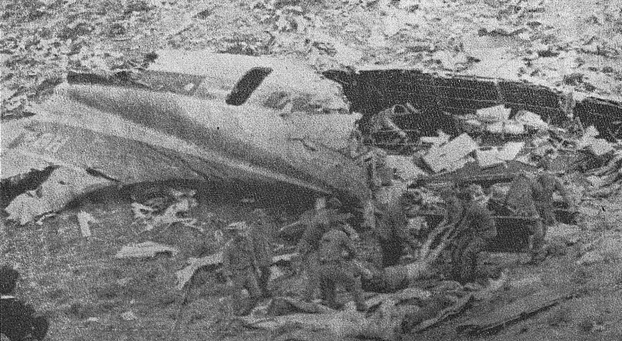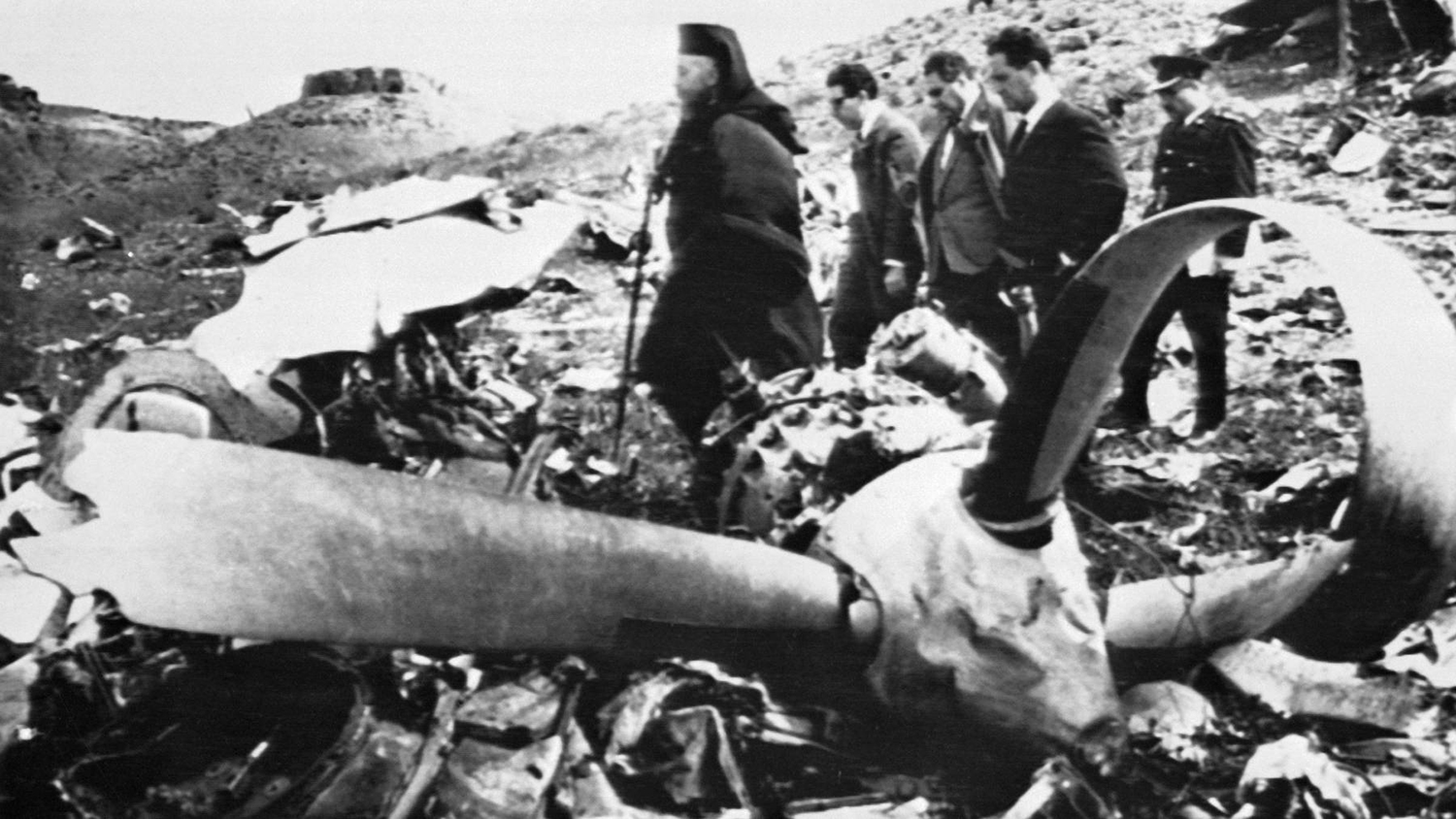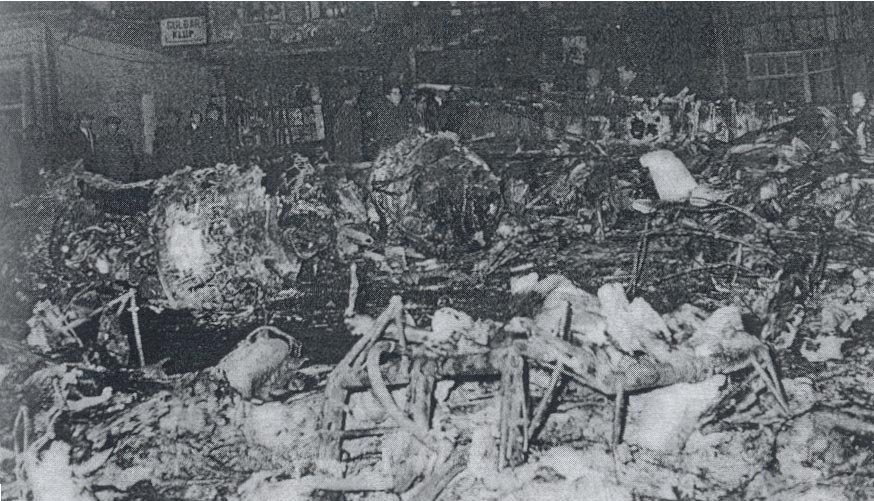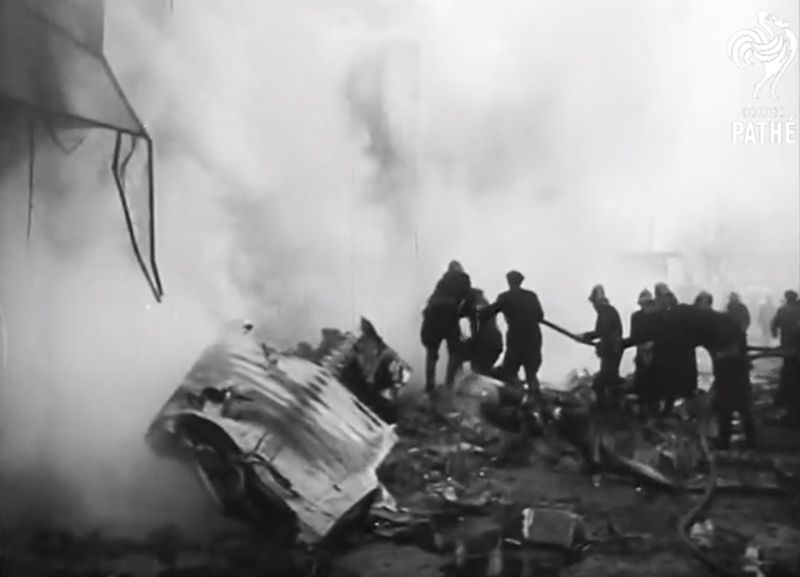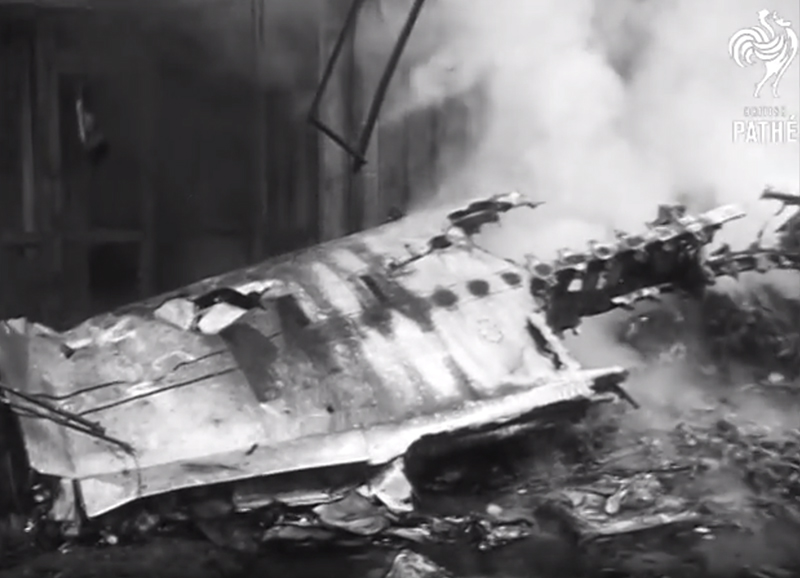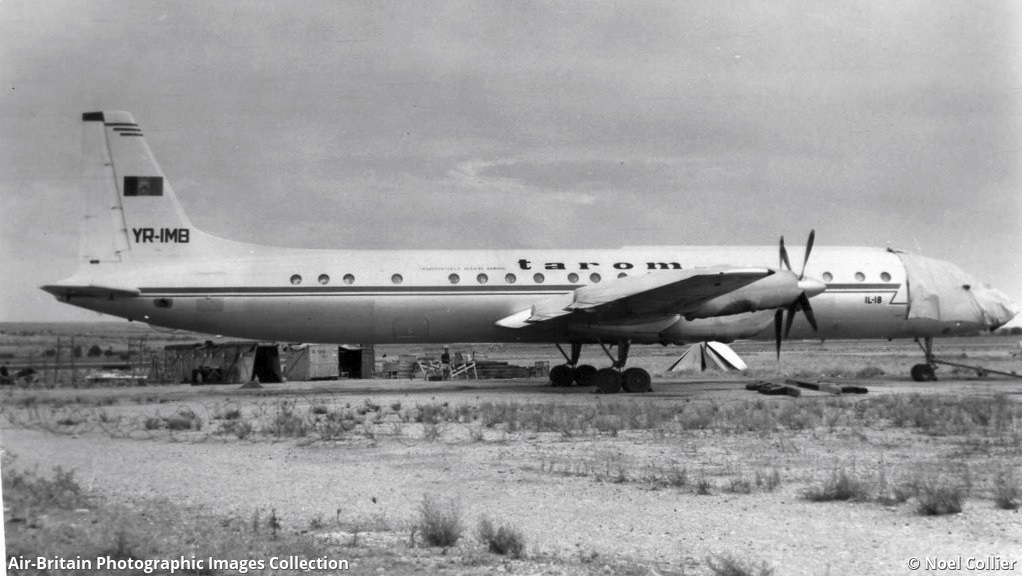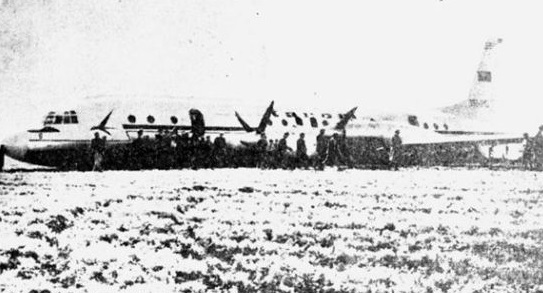Crash of a Gulfstream GII near Qatur: 14 killed
Date & Time:
May 3, 1982
Registration:
7T-VHB
Survivors:
No
Schedule:
Algiers - Nicosia - Tehran
MSN:
230
YOM:
1978
Crew on board:
4
Crew fatalities:
Pax on board:
10
Pax fatalities:
Other fatalities:
Total fatalities:
14
Circumstances:
The airplane was completing an official government flight from Algiers to Tehran with an intermediate stop in Nicosia, carrying four crew members, one journalist and nine members of the Ministry of Foreign Affairs of the Republic of Algeria en route to Tehran to take part to peace talks about the Iran-Iraq war. While cruising at an altitude of 37'000 feet over Iraq, the crew was instructed by ATC to leave the Iraqi airspace and to divert to Ankara. Few minutes later, the airplane was shot down by the pilot of an Iraqi MiG-25PD. Out of control, the airplane entered a dive and crashed in a mountainous terrain located near Qatur. The aircraft was destroyed and all 14 occupants were killed, among them Mohammed Seddik Benyahia, Minister of Foreign Affair of the Republic of Algeria.
Probable cause:
Shot down by the pilot of an Iraqi MiG-25PD.





